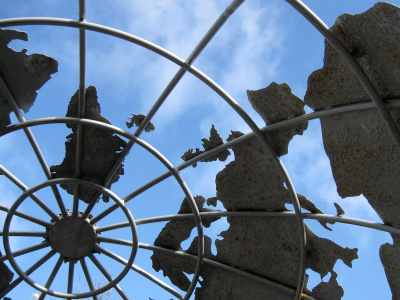
The latest on the European Peace Facility and what’s in it for the African Union
For the first time in history, the European Peace Facility will allow the EU to support the procurement of lethal weapons, also in Africa.
Summary
This briefing note provides insights on the European Peace Facility (EPF) and its place within the European Union’s (EU) external action on peace and security. The political and bureaucratic drive for creating the EPF was part of a desire to increase the EU’s capacity for strategic autonomy and upgrade its defence and security capabilities championed by former High Representative for Foreign and Security Policy and Vice President (HR/VP) of the European Commission Federica Mogherini. Yet the interest also came from the EU’s need to develop a more predictable, stable and flexible funding platform to support its own and partners’ international military missions, most notably in Africa.
The EPF, conceptualised as a global instrument, will be built on existing EU and African Union (AU) mechanisms to support peace and security. But it ventures into unchartered territory because it will allow the EU – for the first time in history – to provide external action support for the procurement of military equipment, including lethal weapons.
Many questions and dilemmas are still on the table, such as the instrument’s strategic relevance, the containment of possible risks associated with the procurement of military material, respecting international humanitarian law and public oversight. Others relate to the EU’s internal capacity to programme and accompany the implementation of the EPF. Finally, there are questions about the EPF’s use in the context of the EU-AU partnership and its potential role in strengthening African institutional reform and ownership around peace and security.




